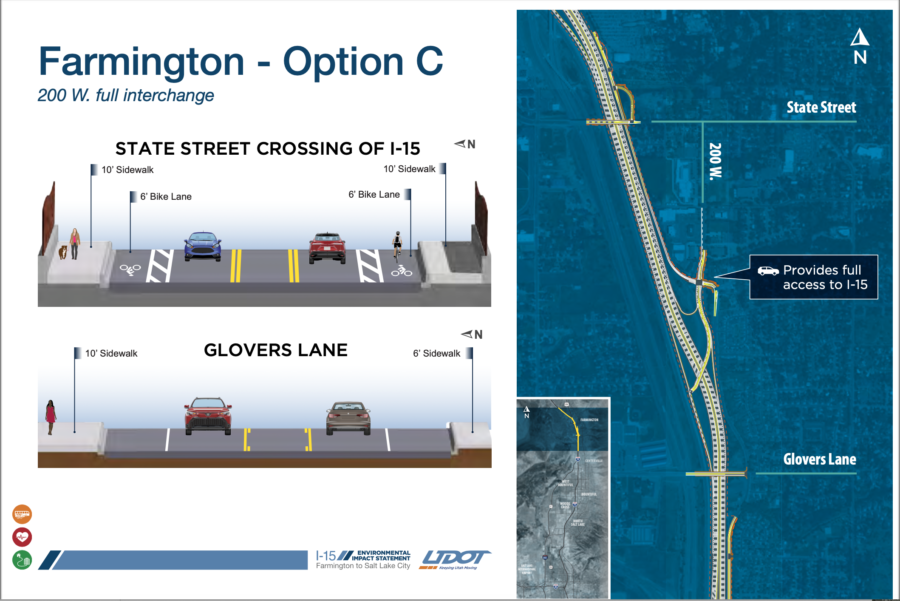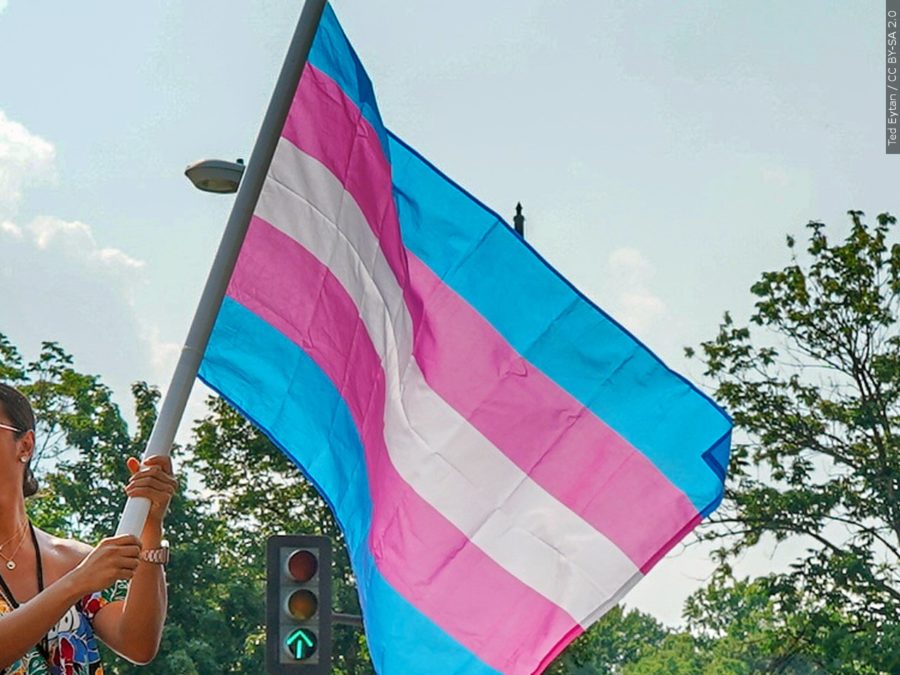The following story was written and reported by The Signpost in collaboration with The Utah Investigative Journalism Project, The Salt Lake Tribune and The UVU Review.
Before starting her freshman year at Weber State University, health administration student Leticia Rodriguez did everything she could to prepare herself for college.
Enrolled in GEAR UP (Gaining Early Awareness and Readiness for Undergraduate Programs) from a young age, she was lucky enough to have all of the resources she needed to choose a degree in a field that interested her.
“I really like anatomy and learning about the human body; that was always very interesting to me,” Rodriguez said.
However, now entering her senior year, Rodriguez is still exploring her options.
“I really like nursing, but right now, there was a situation where I couldn’t wait longer to apply for the program. So to graduate faster, I switched to health administration,” Rodriguez said. “It’s not one-on-one with patients, but it’s still in the health area.”
When it comes to picking a major, students need all the help they can get. That’s why in 2017, the Utah State Legislature passed a bill requiring institutions across the state to provide resources that help students in the early stages of degree exploration. This legislation would create a website called StepUpUtah.com, which contains sections highlighting information such as job placement and wage data. With this as a resource, students interested in pursuing a specific degree can see how much money they could potentially make five years after graduation.
According to the bill, schools such as WSU would have needed to include links to Step Up Utah on their official web pages no later than July 1, 2018.
Yet over a year later, the site — which, as of this summer, has been renamed Utah Futures and is now found at UtahFutures.org — is still nowhere to be found on any major WSU portals.
According to the bill, titled H.B. 100 Institutions of Higher Education Disclosure Requirements, these resources are meant to be gathered by the Board of Regents and include information on program completion, job placement, wages and costs associated with different degrees.
Once the data is collected and made into a format which is easily accessible and informative, the law states that Utah colleges and universities must then “provide a conspicuous and direct link on the institution’s website,” which students can use when investigating different pathways.
It would have been a big help to students like Rodriguez — if she had known it existed.
“As a freshman student, you come out of high school and you have all these different options. You honestly don’t know what to do,” Rodriguez said. “So if they provided a page where students could find this information that could give them an idea, I think that would be very helpful.”
She’s not alone. With roughly 20 to 50 percent of students entering college with an undecided major, an estimated 75 percent will change their major at least once before graduation, according to a study conducted at Penn State University.
“I think a lot of students are not sure where to go,” Director of the Student Success Center Leslie Park said. “There is so much pressure that students put on themselves around choosing the right major when in fact, so many majors can lead to different areas.”
In a possible effort to combat this issue, WSU recently launched a new page on their website meant to guide new and undecided students in the process of choosing a major.
The system is called Major & Career Navigation and can be found using the A-Z index on the official Weber State online portal. Using a three step process, the page advises students to take the Strong Interest Inventory and Work Values Self Assessment, attend a workshop to evaluate results and conclude by following up with a career counselor or academic advisor.
“We did it that way to make sure it was accessible to all students. Not all students are able to come to campus at a certain time,” Park said. “They can start in the comfort and safety of their own space, but know that we’re here to support that process for them.”
The new page also offers a variety of direct online resources for students, including links to sites such as O’Net and the Occupational Outlook Handbook, which Utah Futures uses.
“All of those different resources that Step Up Utah offers, for the most part we offer too,” Park said. “We don’t link back to Step Up Utah, but I think that is something we could definitely consider.”
However, despite the fact that these resources include some of the information required in the 2017 bill, the Major & Career Navigation site itself is still very much hidden on WSU’s main page.
“I feel really confident about the resources we have, but they’re kind of hidden gems, like a lot of things at Weber,” Park said. “Unless you are really proactive or seek out and ask a lot of questions, you may not find it.”
Most of the data the page offers is still not customized to the Utah market. Instead of telling students how much graduates from Weber State earn specifically, the information is only applied on a national scale.
This places Weber — along with several other colleges and universities throughout the state of Utah — in violation of the law. However, the school is continuing to look at new ways they can improve the program.
“It’s not perfect,” Park said. “We know that there are going to be iterations of it. We will get better every year, but we are really excited to at least now have something to meet the needs of our students in, hopefully, a more meaningful way.”




















